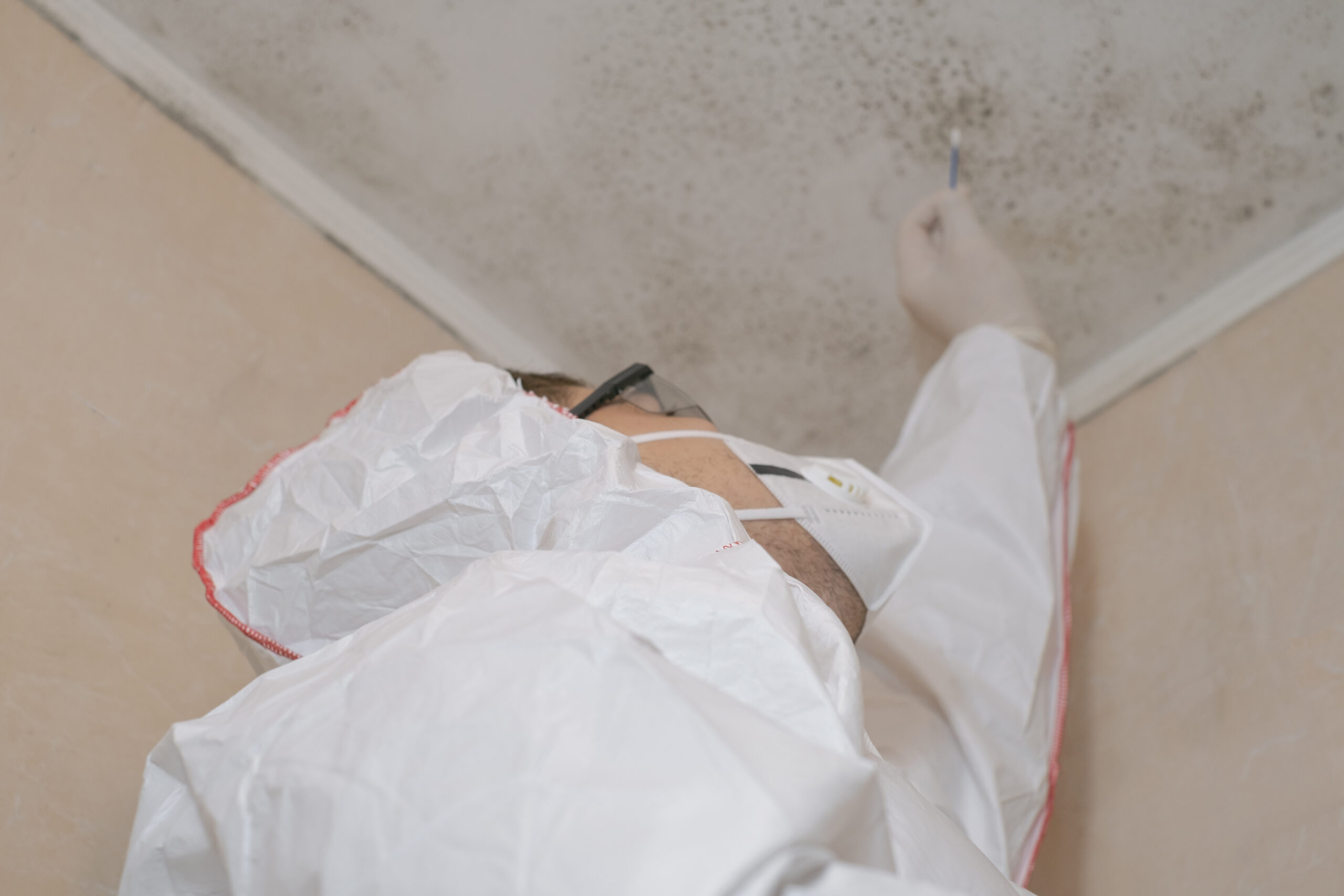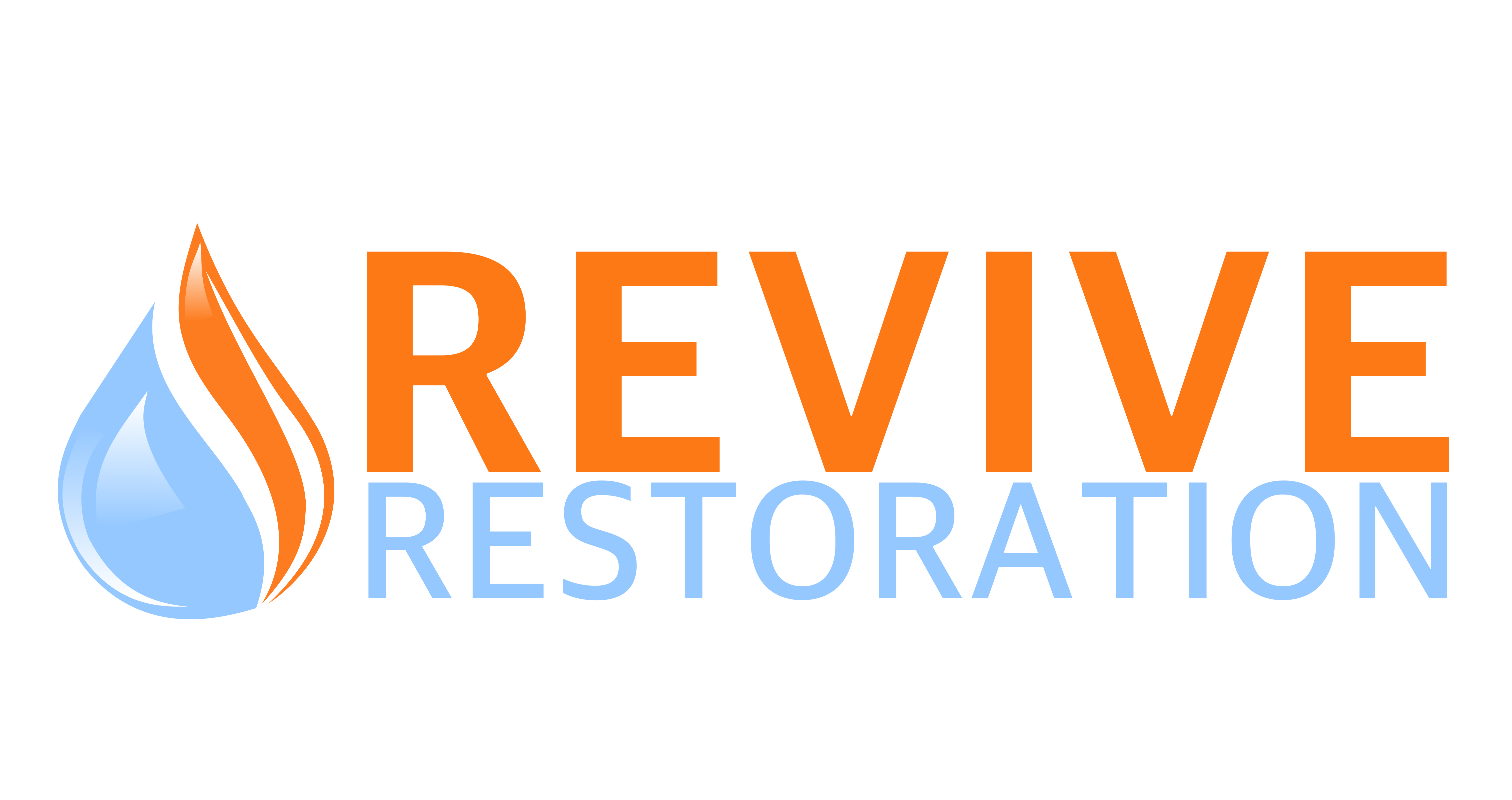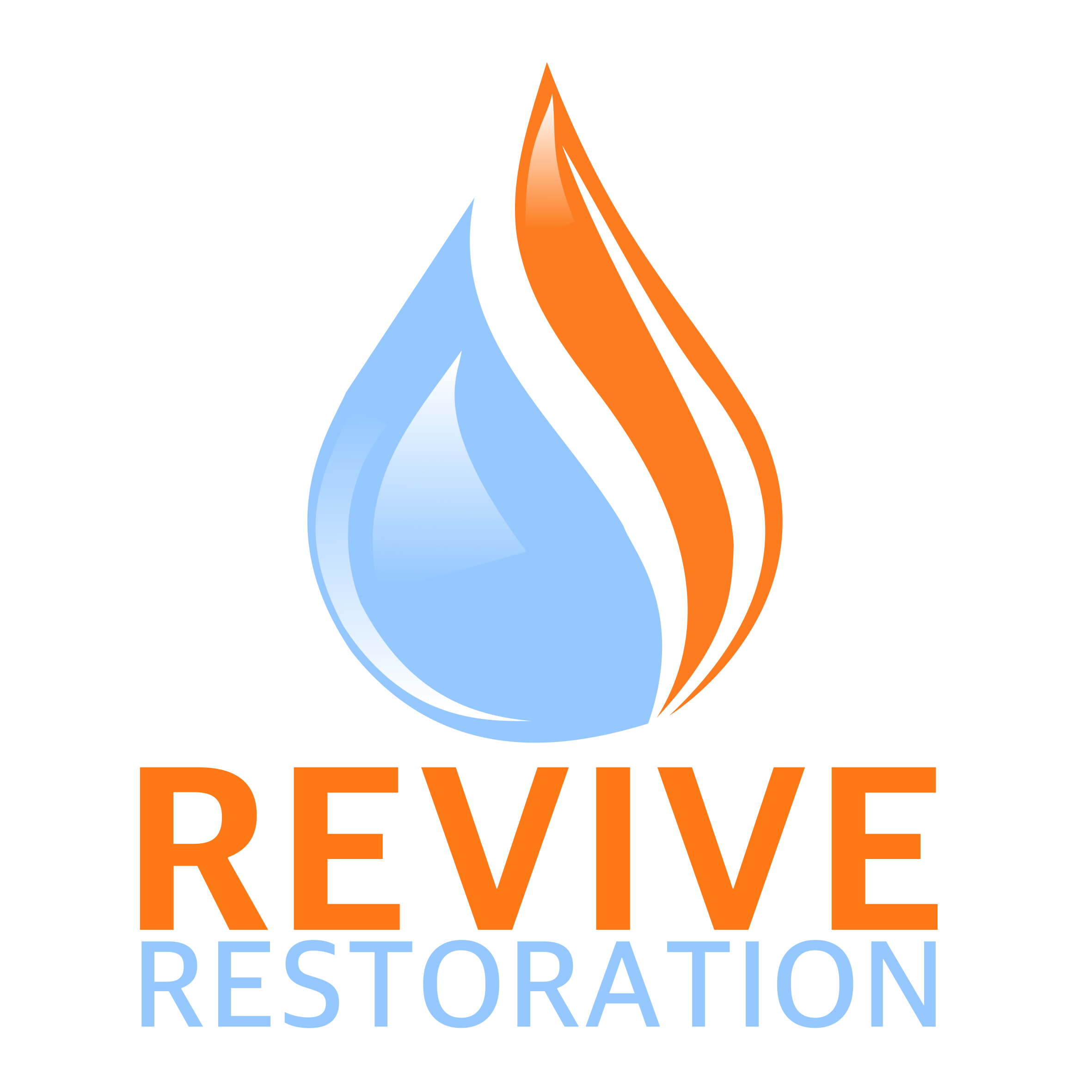
What Is Mold Remediation Compare to Mold Removal?
Have you ever experienced mold growth in your home and wondered what the best course of action would be? It’s important to understand the difference between mold remediation and mold removal to effectively address the issue.
Mold remediation and mold removal are similar, but not quite the same. Mold removal typically refers to the physical removal of mold from surfaces, while mold remediation involves identifying the source of the mold, addressing the underlying issue (such as water damage or high humidity), removing the mold, and taking steps to prevent its return. Remediation aims to not just get rid of the mold visible to the naked eye, but also to correct the conditions that allowed the mold to grow in the first place.
Understanding the difference between the two can help you make informed decisions when it comes to addressing mold issues in your home. So, let’s delve into the details of mold remediation and how it compares to mold removal.
In this article, we will explore the differences between mold removal and mold remediation, and why understanding these distinctions is crucial for effective mold treatment and prevention strategies.
Understanding Mold Removal
Mold Removal
Mold removal refers to the physical act of removing mold from a surface, typically through cleaning or scrubbing.
Mold is a common problem in many households, especially in areas with high levels of moisture. When left untreated, mold can cause a variety of health issues and damage to your property. That’s why it’s crucial to know the proper methods for dealing with mold growth.
While mold removal may seem like the obvious solution, it’s actually more complex than that.
The primary focus is on removing the source of moisture and humidity that fosters mold growth, as well as cleaning and disinfecting the affected area to prevent further spread. This may involve using specialized equipment and techniques to remove mold from surfaces, such as HEPA air filter and filtered vacuum cleaners, scrubbers, and disinfectants.
Additionally, mold removal may also involve repairing or replacing damaged building materials, ensuring proper ventilation, and addressing underlying water damage or leaks to prevent future mold growth. By removing the mold and addressing the root cause of the issue, mold removal aims to restore a safe and healthy environment.
DIY Mold Removal
Many people are using the most common DIY methods for mold removal, such as using bleach or vinegar, can be effective in addressing surface mold growth, but they may not be sufficient to fully eliminate the issue.
Mold removal by a professional like Revive Restoration can be a necessary step in addressing mold growth, but it is often a temporary fix that only treats the symptoms rather than the underlying problem. If the source of moisture that caused the mold growth is not identified and resolved, the mold can simply regrow, rendering the removal efforts ineffective.
Furthermore, removing mold without addressing the moisture issue can also spread spores and even release them into the air, potentially exacerbating the problem. As a result, it is essential to address the underlying moisture issue, whether it’s through repairs to a leaky roof or fixing a plumbing problem, in order to create a dry environment that prevents mold growth and ensures a lasting solution.
Understanding Mold Remediation
Mold remediation involves not only removing the mold, but also addressing the underlying cause of the problem, such as moisture or humidity, to prevent future mold growth.
Mold remediation involves a comprehensive approach to not only remove existing mold, but also to prevent future growth.
Mold Remediation Comprehensive Process
A holistic approach to mold remediation involves a multi-faceted strategy that goes beyond simply removing the visible mold growth. It involves identifying and addressing the underlying moisture issue that contributed to the mold growth in the first place, whether it’s a leaky roof, poor ventilation, or excessive humidity.
This may involve repairing or replacing damaged materials, improving drainage, and installing moisture-absorbing products. Additionally, preventive measures are implemented to discourage future growth, such as applying mold-resistant coatings, improving air circulation, and monitoring humidity levels. By addressing the root cause of the issue and implementing proactive measures, a holistic approach to mold remediation ensures a safe and healthy environment for occupants, while also preventing costly and time-consuming repeat remediation efforts in the future.
At Revive Restoration, our mold remediation process typically involves several key steps to ensure effective and safe removal of mold spores from affected areas.
- Assessment is conducted to identify the extent of the mold growth and determine the best course of action.
- The affected area is contained to prevent the spread of spores to other parts of the building, using plastic barriers and negative air pressure. T
- Contaminated materials such as drywall, insulation, and carpeting are removed and disposed of properly to prevent further exposure. The area is then thoroughly cleaned and disinfected, and any remaining moldy materials are treated with fungicides.
- Ongoing monitoring is conducted to ensure that the mold has been completely removed and that any lingering spores are brought under control, with regular testing and clearance procedures in place to verify successful remediation.
Identifying and fixing the source of moisture that led to the mold problem is crucial for preventing recurrence. Moisture is the primary catalyst for mold growth, so eliminating the underlying source of moisture is essential to preventing future mold infestations.
This may involve repairing leaks, improving ventilation, addressing condensation issues, or addressing water damage. Once the source of moisture is identified and addressed, any remaining mold can be safely removed, and a preventative maintenance plan can be put in place to ensure the space remains dry and mold-free.
Mold Removal and Mold Remediation Main Goals
The goals of mold removal and mold remediation are distinct. Mold removal focuses on immediate eradication of visible mold growth, often using chemical treatments or physical removal methods to eliminate the visible mold. This approach typically prioritizes rapid elimination of the mold, often without considering the underlying causes or potential long-term effects. In contrast, mold remediation aims to create a safe and healthy environment by identifying and addressing the root causes of moisture issues, controlling mold growth, and implementing measures to prevent future growth. This approach prioritizes not only short-term eradication but also long-term prevention, ensuring a controlled and healthy environment.
Contact Your Professionals at Revive Restoration
Understanding the distinction between mold removal and remediation is crucial for homeowners and property owners to take appropriate action in addressing mold growth. While mold removal focuses on physically removing visible mold from a surface, remediation involves identifying and addressing the underlying conditions that allowed mold to grow in the first place, such as water damage or high humidity. Proper remediation involves drying out the affected area, cleaning and disinfecting surfaces, and addressing any structural issues that may be contributing to the mold growth. Failing to properly remediate can lead to ongoing mold growth, continued health risks, and costly repairs down the line. By recognizing the importance of remediation, property owners can take proactive steps to address mold growth and ensure a safe and healthy living or working environment.
It’s essential to prioritize comprehensive mold assessments and proactive moisture management to prevent the growth of mold, especially in larger-scale infestations.
Revive Restoration is a reliable resource for expert guidance and assistance. While they can help with smaller issues, for more extensive or severe mold growth, it’s crucial to hire a professional mold remediation service to ensure proper removal and prevention of future growth. With their expertise, you can ensure a safe and healthy environment for yourself and others.

